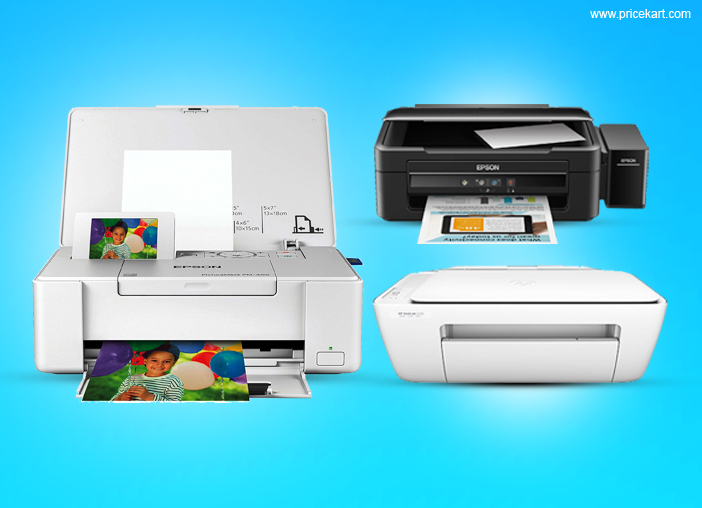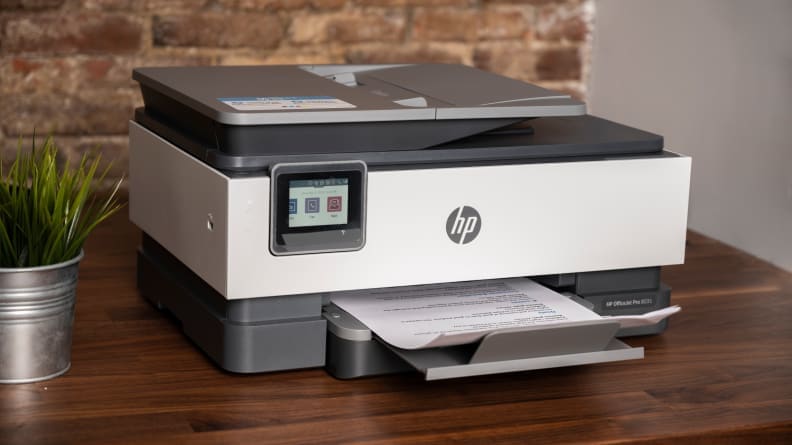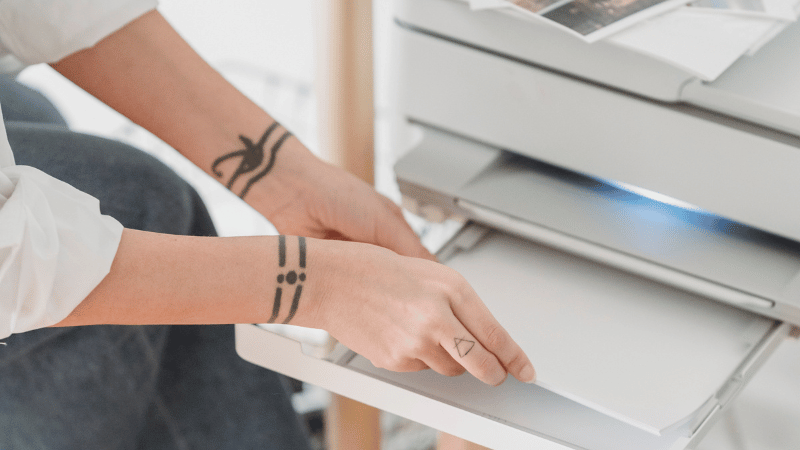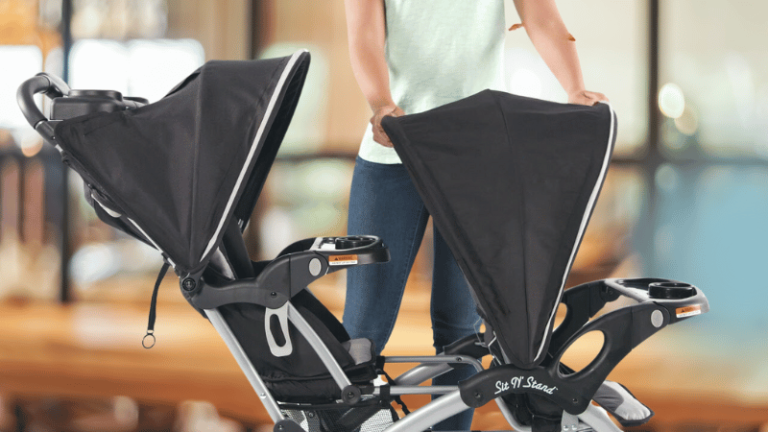How Do Photo Printers Work: A Comprehensive Guide
In a digital age where everyone cherishes memories and photo capture is just a click away, photo printers have gained a significant role in transforming digital images into physical keepsakes. This deep dive into the workings of photo printers is designed not only for photography enthusiasts but also for anyone curious about turning pixels into prints.
Table of Contents
How Do Photo Printers Work: Step-by-Step
The Basics of Photo Printing
Before we delve into the nitty-gritty details, let’s understand what photo printers are and their unique components.

Different Types of Photo Printers
There are mainly three types of photo printers that have found their way into both professional and home use—inkjet, dye-sublimation, and laser printers. Each comes with its mechanism, suited for different printing needs.
Components of a Photo Printer
The heart of a photo printer lies in its ability to reproduce images using a complex dance of hardware: print heads, cartridges (or ribbons), paper trays, and drivers all play a part.
The Printing Process
The printing process begins when an image file is sent to the printer. Through a series of steps, that digital file becomes a physical print—matching colors, resolution, and detail as closely as possible to what you see on screen.
1. Inkjet Photo Printers

Inkjet Technology Overview
Inkjet printers are popular for their versatility and high-quality photo output. They work by spraying tiny droplets of ink onto paper, creating images pixel by pixel.
How Inkjet Photo Printers Work
Each droplet and color placement is precisely controlled by the printer’s microelectronics to ensure the image is accurately reproduced. Most inkjet photo printers use CMYK (cyan, magenta, yellow, and key/black) color models.
Pros and Cons of Inkjet Photo Printers
Pros include excellent image quality with vibrant colors, whereas cons can include higher running costs due to ink prices and slower print speeds compared to other technologies.
2. Dye-Sublimation Photo Printers
Dye-Sublimation Technology Overview
Dye-sublimation printers are an ideal choice for printing sharp and vivid photos. They work by transferring dye onto paper using heat.
How Dye-Sublimation Photo Printers Work
The process involves a ribbon with panels of color which get heated to transform the solid dye directly into a gas—a process known as sublimation—that then diffuses onto the photo paper
Pros and Cons of Dye-Sublimation Photo Printers
While dye-sub printers produce durable and high-quality photos with consistent tones, they can be more expensive, and the printing process typically takes longer than inkjet printing.
3. Laser Photo Printers

Laser Technology Overview
Laser printers are less common for photo printing but are a steadfast option for high volume printing needs.
How Laser Photo Printers Work
Rather than using ink, a laser photo printer utilizes toner—a fine, powdered substance—charged by a laser to adhere to the paper in precise patterns.
Pros and Cons of Laser Photo Printers
The advantages of laser printers include speed and lower cost per page, making them ideal for high-volume printing. However, they can fall short in reproducing the color depth and range that is possible with inkjet or dye-sublimation printers.
Choosing the Right Photo Printer
Selecting the right photo printer is imperative for meeting your photography reproduction needs.
Factors to Consider When Selecting a Photo Printer
Think about print quality, speed, media compatibility, connectivity options, and, importantly, running costs.
Tips for Finding the Best Photo Printer
Evaluate your primary needs—whether it’s for professional-grade photo prints or casual home use—and read reviews, compare specs, and check out sample prints if possible.
Looking for: Best Sublimation Printers for Small Business in 2024: T Shirts, Heat Transfer
Conclusion
Understanding how photo printers work is key to taking full advantage of their capabilities and getting the most out of your printed photos. Whether you choose an inkjet, dye-sublimation, or laser printer, remember that each has its specific strengths suited to different printing tasks.
Let this guide be your starting point towards finding and utilizing the right photo printer, ensuring that your digital memories are faithfully preserved in print form for years to come.







